Buddhism is a flourishing religion in India that is gaining appeal among the youth due to its teachings of truth, nonviolence, and detachment from temporal pleasures. As the cradle of the Buddhist faith, India features numerous noteworthy pilgrimage sites that are living symbols of the Buddhist religion’s long past.
The trust has its origins in Bodh Gaya, where Lord Buddha acquired spiritual enlightenment. He later traveled to other cities to offer religious lectures. Following his death, his disciples assumed responsibility for propagating Buddhism and commissioned the construction of temples at various locations to symbolize the significance of the site in the Buddhist faith.
Today, India is home to several Buddhist temples that have drawn many visitors and pilgrims due to their stunning construction and peaceful environs. Here are some famous Buddhist temples in India that you should include in your Buddhist tour package if you’re planning to have one. Book Buddha and his Dhamma trip whenever you wish to immerse yourself in Lord Buddha’s spirituality. This journey allows you to experience the calm of many sacred spots associated with Lord Buddha. These locations include Bodhgaya in Bihar, associated with Buddha’s enlightenment. Sarnath, Kushinagar, Sravasti, Vaishali, Rajgir, and Varanasi are examples of authentic Buddhist culture and history.
Table of Contents
Toggle1) Kushinagar in Uttar Pradesh:
It is India’s one of the most visited Buddhist pilgrimage destinations. Lord Budhha attained enlightenment at Kushinagar. There is a newly built international airport called Kushinagar International Airport. Gorakhpur is the nearest railway station to Kushinagar, and it connects to Delhi and the rest of India. As we all know, Kushinagar is Lord Buddha’s Nirvana. The Nirvana of Lord Buddha is known as Maha Parnirvana in Buddhism and Hindu literature. Many locations associated with Buddha’s Nirvana and cremation can be found in Kushinagar.
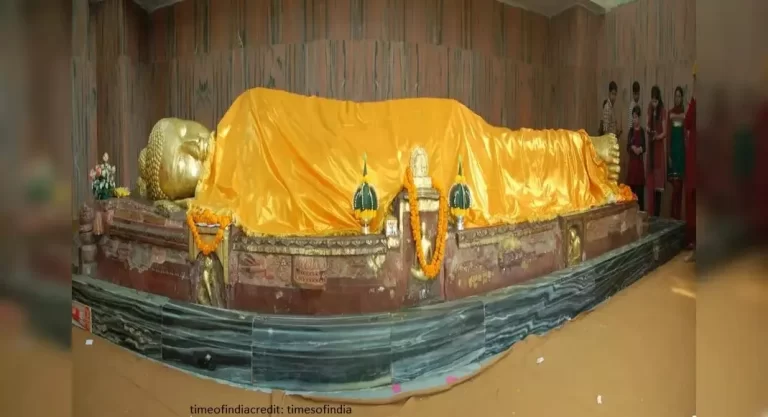
2) Bodhgaya in Bihar:
Bodh Gaya is also one of the most famous historical Buddhist sites in the whole world, and it is the location where Gautama Buddha gained the ultimate truth, Nirvana. Bodh Gaya is also related to other significant Buddhist sculptures and sites, such as the Bodhi tree and the Mahabodhi temple located in India.
Bodh Gaya is the emblem of Buddhism’s beginnings and the location where young prince Siddhartha from Lumbini attained enlightenment and where Gautama Buddha resolved to educate all living creatures about the wisdom he obtained via Nirvana. So, if you also want to feel the same feeling, please visit here for sure.

3) Sarnath, in Varanasi, Uttar Pradesh:
It is a popular destination for Buddhist pilgrims in India. It is a must-see for all Buddha followers and others. This location is said to have been the residence of Buddha and his disciples at the time when the former shared his knowledge and comforted those who came seeking answers to their problems.
The deer park, which is a significant attraction here, was a gift from the King of Kashi to Buddha. Sarnath is well-known for yet another historical significance. It has a museum containing Buddhist literature and artifacts too.

4) Dhauli Hills of Odisha:
Odisha is a worthwhile way to spend time because it has places. Buddhist Tours in Odisha are becoming increasingly popular among travelers. The Dhauli Hills have become an important Buddhist pilgrimage site. Dhauli Hills’ Shanti Stupa is an important symbol of love and peace.
The pilgrimage is notable because it is here that King Ashoka renounced his deadly battles. After witnessing the horrific image of blood-splattered terrain and the Daya River turning red due to the brutal death of around 1,50,000 troops, King Ashoka was overcome with sadness and resolved to abstain from conflicts for the rest of his life. At Dhauli, Ashoka converted to Buddhism and gave his sword in the form of Lord Buddha.
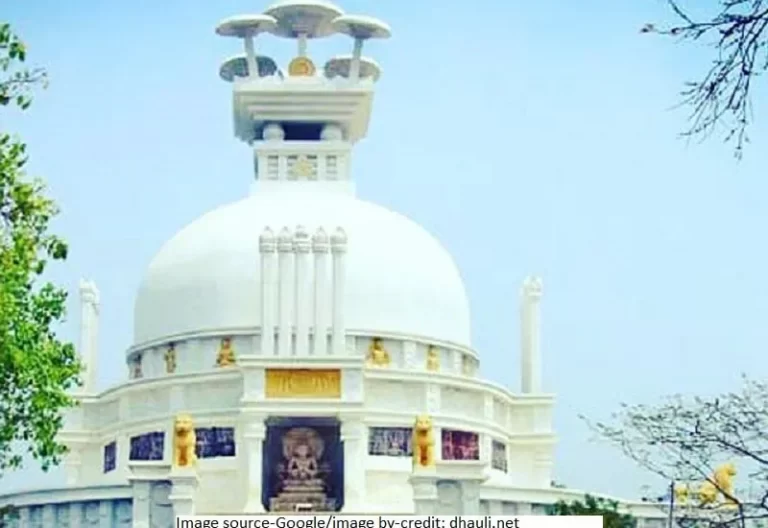
5) Rajgir:
Rajgir, located near the excavated ancient city of Nalanda, is another Indian city with roots in the early days of Buddhism. While it is not as intimately identified with Gautama Buddha as Bodh Gaya, it has attracted many Buddhist adherents and leaders. It is a beautiful location, and being a hill town, it provides an abundance of visual splendors.
The spiritual teacher Gautama Buddha has spent a lot of time here. He is also said to have visited the Jivekarmavan monastery in Rajgir. In reality, the city is divided into two portions. The new section was built by Ajatshatru, while seven hills surround the last piece.
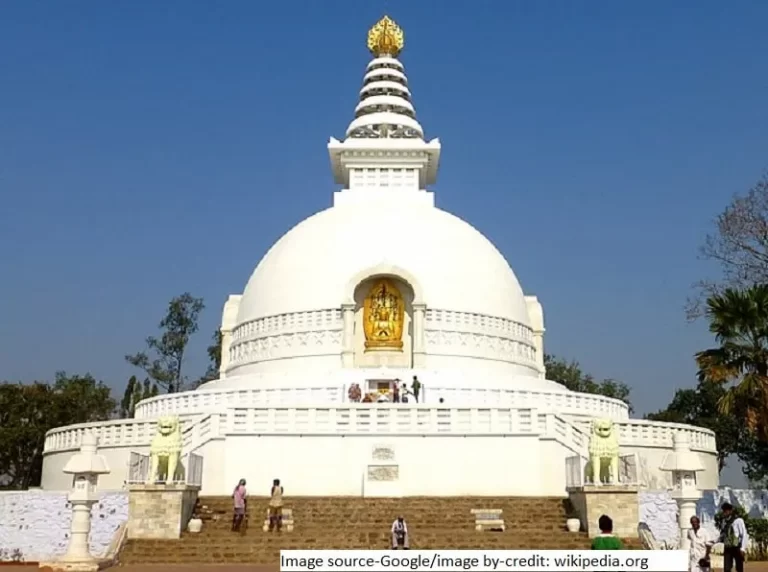
6) Sankara:
Sankara is one of the eight prominent Buddhist pilgrimage places in the world. Every year, hundreds of Buddhist pilgrims visit the Great Stupa of Sankara. Like many other Buddhist pilgrimage sites, Sankara is located in Uttar Pradesh’s Gangetic Plains.
According to Buddhist legend, Sankassa is the location where the great Buddha descended after three months of educating his mother in Tushita Heaven. In addition, there are visible remnants of Buddhist structures and historic monasteries in the area.
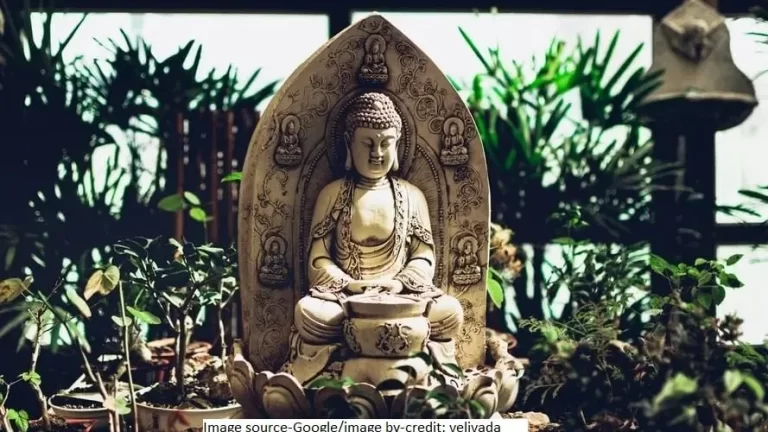
7) Vaishali:
With its magnificent past as a significant hub supporting Gautama Buddha’s ideas, Vaishali is still considered a Buddhist sacred destination. In its heyday, it was Licchavi’s capital city. It was the birthplace of Bhagwan Mahavira, the 24th Jain Tirthankara, which is why it has become a popular destination for Jain pilgrims.
The Buddha visited Baishali (as known back then), and it was a prosperous city. It is now an archaeological site with an Archaeological Survey of India museum. Popular tourist attractions are the Relic Stupa, Kutagarasala Vihara, World Peace Pagoda, and Coronation Tank.
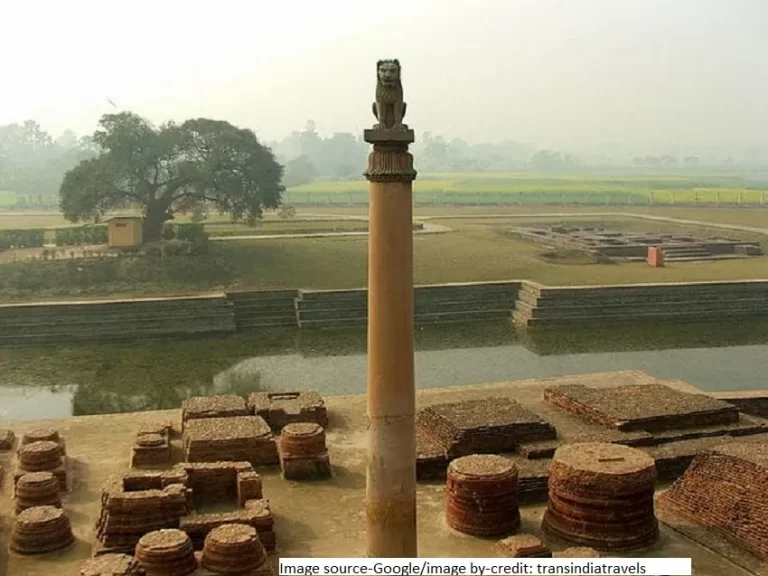
8) Madhya Pradesh's Sanchi Stupa:
Sanchi stupa is one of India’s oldest stone buildings representing Buddhist art and architecture. The edifice has a massive’: hemispherical dome that holds many Lord Buddha relics.
The stupa has four gates with exquisite carvings facing four different directions. The Sanchi stupa was built under the supervision of Emperor Ashoka’s wife and daughter, and its remarkable architecture has earned it UNESCO World Heritage status. Today, the site attracts thousands of visitors from India and worldwide.
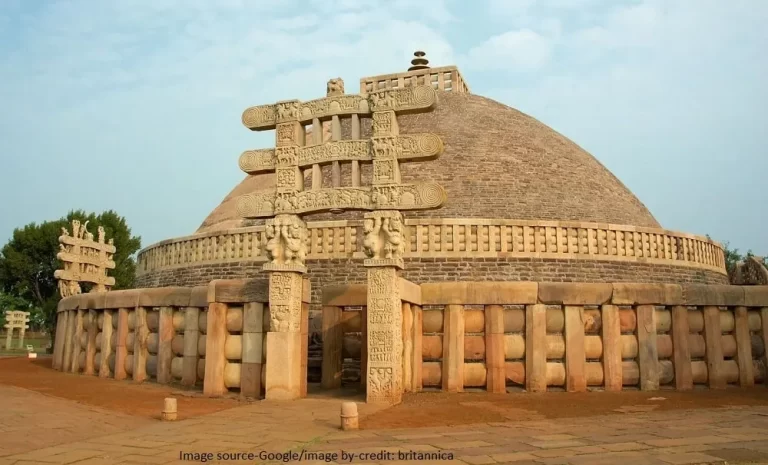
9) Dubdi Monastery:
It is a Nyingma sect monastery in the Yuksom area of Sikkim founded in the 17th century. Pilgrims and visitors must walk from Yuksom to the top of a hill where the monastery is located.
It is thought to be the earliest monastery established in the state and is strongly related to Sikkim’s establishment. At 7000 feet above sea level, the stone edifice includes a bell on the dome and is thought to store Buddhist historical scrolls and scriptures.
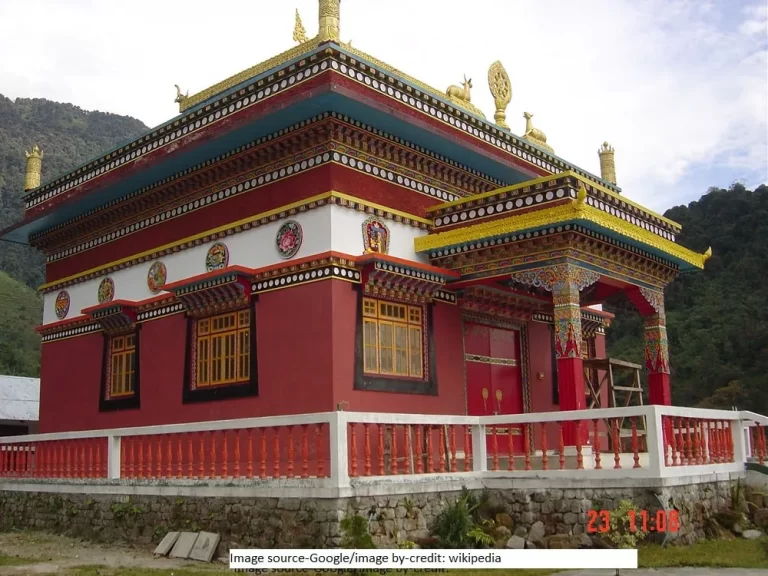
Finally!
India is one of those countries where Buddhism is a prominent religion. It might be because Gautama Buddha was born in Nepal, in the city of Lumbini, which is purportedly located somewhere in the north of India. Every year, many travelers travel to India on Buddhist pilgrimage trips. While some come for spiritual enlightenment, others marvel at the old religious architecture.
Buddhism is dominant in several Indian cities, including Varanasi, Bodh Gaya, Nalanda, Kushinagar, and Lucknow. These destinations give travelers a spiritual retreat and the opportunity to learn about the various cultures and customs that India is known for. A typical Buddhist pilgrimage journey will include sightseeing, attending Buddhist monks’ prayers and camps, studying the Dharma from the high priest, and so on. Tourists may also enjoy the sights of some of the country’s most historic structures and stages, some dating back to 500 BC.
